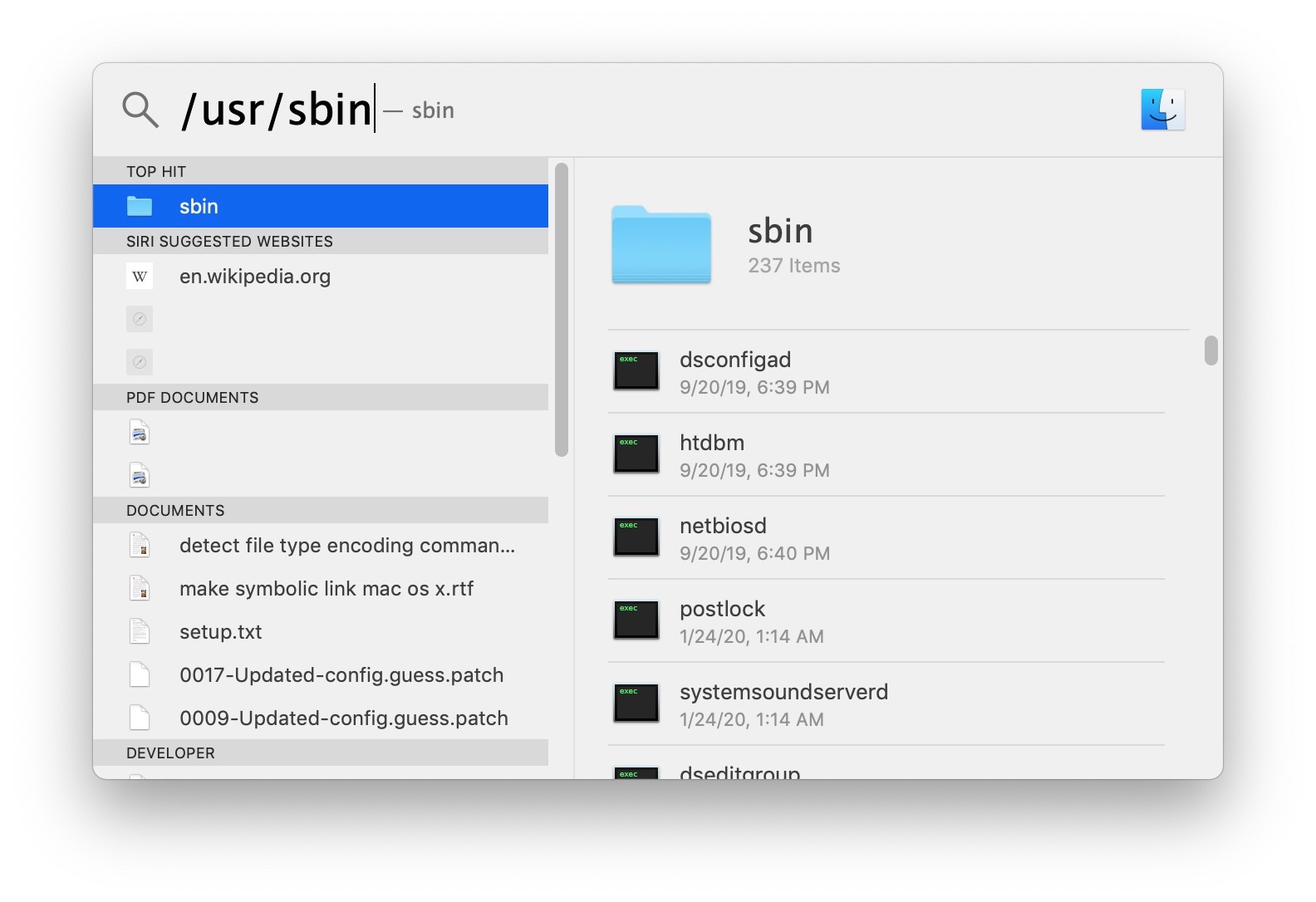
#MAC OPEN IN TERMINAL MAC#
Mac Bash is the one used in Terminal among the many different shells running on UNIX commands.

You can easily customize the window to make it bigger by dragging the bottom-right corner outwards.
#MAC OPEN IN TERMINAL HOW TO#
Here are the different steps on how to open terminal on Mac in case you needed.Īnother way to open terminal is by using Spotlight search and type in the word Terminal and once you see it among the displayed result, double-click on the terminal app icon.Īfter you have successfully opened the Terminal, you will see a small window with white background on the desktop, you can see your username and the word “Bash” or also known as Bourne Again Shell including the window size or dimension. Terminal app is not that difficult and complicated to find in Mac. Who knows? You might get interested and learn more tricks on how to navigate terminal. But, if you are willing to take a look at this helpful app, you will surely get to like it sooner! However, its interface looks intimidating especially when you don’t have a technical background or idea. Mac has its own command line interface where you can use to control and command tasks easily and way faster than doing the normal and long process. Today, let’s talk about how to open terminal on Mac!Ĭontents: Part 1. Learn how to open and use terminal on Mac in this brand new article.Īn average user does not have any reason to visit Terminal- Apple's command line interface app, however, it’s worth a try since it actually gives access to quite a few tricks and shortcuts. The first, just right-click on the Terminal icon in the Dock and select Quit option or press the Command + Q from your keyboard to quit the app immediately.Take control of your Mac by learning how to navigate and familiarize with the Terminal. There are two ways to exit the Terminal program. Or you can simply open the Terminal application by using one of these methods above, and then right-click on its icon on the Dock, and select Option > Choose the “Keep in Dock” option. Then, click and drag the icon for the Terminal from the top of the window down to your Dock. To do this, first open the Terminal by going to Applications > Utilities > Terminal. You can add the Terminal to your Dock so that you can quickly launch it whenever you need to. Pin Terminal to a DockĪ Dock on macOS is a toolbar that provides easy access to your favorite apps and folders. Or you can click on the Siri button on the top-right corner of the menu bar and ask Siri to open Terminal for you. Once you have ensured that Siri is enabled, simply say “Hey Siri, open Terminal” and Siri will launch the app and bring up a command prompt for you to use. You can do this by going to System Preferences > Siri. More: You can quickly open the Spotlight Search by pressing Command + Space.įirst of all, make sure that you have Siri enabled on your Mac. Click on it to open the program and now you can write down the unix commands for installing the program, etc. Once you click on that, just type “Terminal” in the search field and the Terminal window option will come up. Spotlight Search is an easy way to find almost anything on your Mac.

You can also open the Terminal by going to the magnifying glass on the top right corner – this is called Spotlight Search. Once open it, you will see a set of macOS utility apps including Grab, QuickTime, TextEdit, Disk Utility, Stickies, Activity Monitor and Time Machine, Console, Boot Camp Assistant, etc.įinally, just find the Terminal and double-click the icon to open it.

Go to the Launchpad icon in the Dock, find and click on the Utilities. Just double-click on the Terminal icon to open it. Or you can go to the Utilities folder by clicking on Go > Utilities. Open the Finder from the Dock, then select the Application in the Favorites on the left side of the window. Terminal Dark Mode on macOS Mojave From Finder The good news is that you can simply open the Terminal by using three ways: from Finder, LaunchPad, and Spotlight. The Terminal is a useful program that can allow you to change the settings, open any application, show hidden files and folders, etc.


 0 kommentar(er)
0 kommentar(er)
